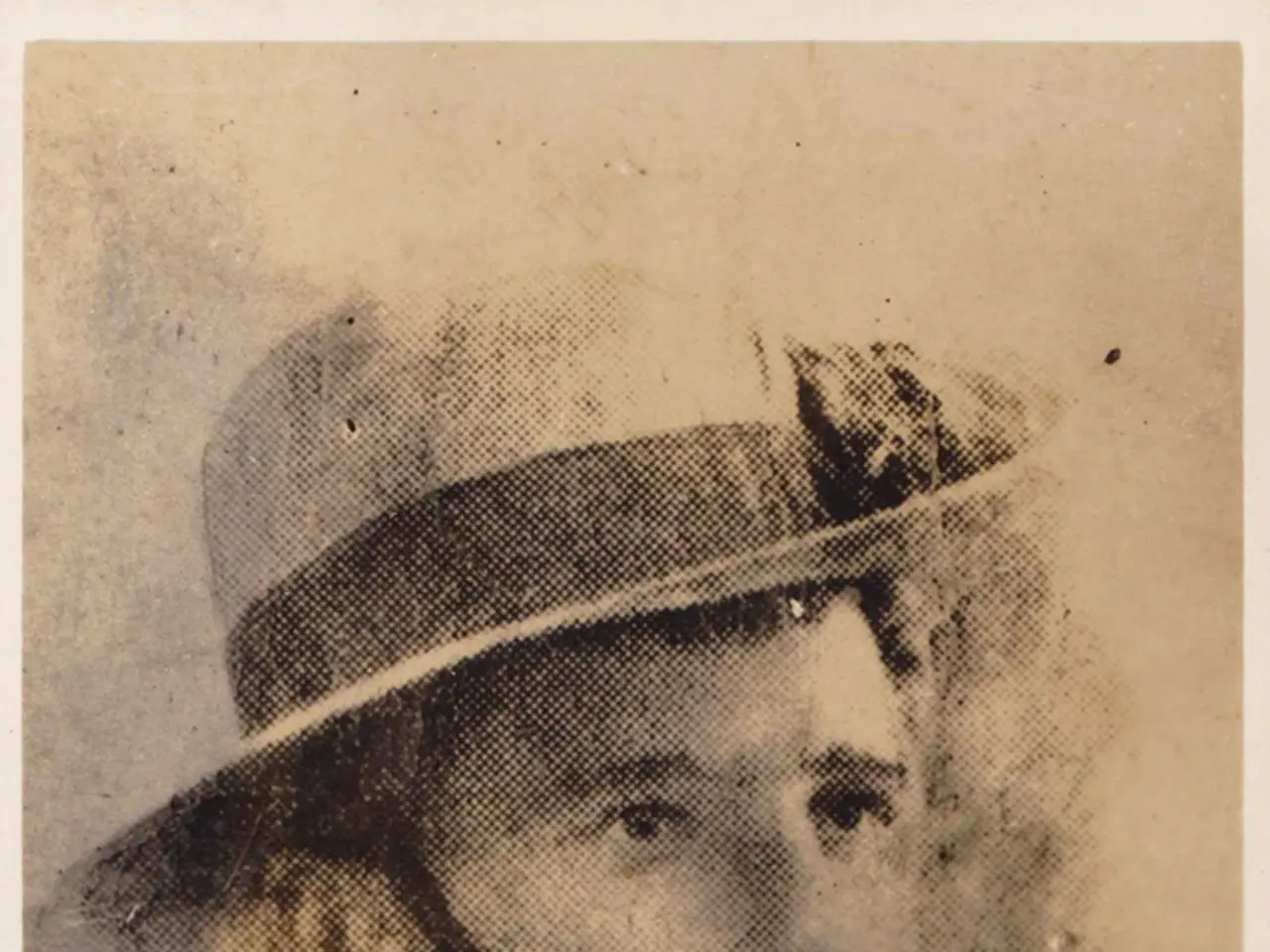Budget-Friendly Disruptive Innovation: A Focus on the 99 Spy Balloons
War balloons have a rich history, serving as both high-tech and improvised weapons platforms in military operations. Their roles have evolved over time, from primitive observation and bombing devices to sophisticated tools for intelligence and strategic disruption.
The origins of war balloons can be traced back to ancient China, where prototypes of hot air balloons like the Kongming lantern were used as military communication stations [1]. In Europe, tethered balloons were employed for reconnaissance as early as the Battle of Fleurus (1794), providing elevated observation points for artillery spotting [1][2].
During World War I, tethered observation balloons became key assets for artillery targeting and battlefield observation, often flying close to front lines and carrying observers who relayed information via telephone lines while protected by parachutes in case of attack [2][5]. In contemporary and future contexts, war balloons are being reconsidered in novel roles such as intelligence gathering, strategic area denial, electromagnetic or kinetic payload delivery, and deception operations [3].
Modern surveillance balloons use advanced materials and stealth technologies to evade radar detection and can act as decoys or distractions to confuse enemy air defense systems [3]. Large swarms of balloons may also represent collision hazards or be used to deny access to critical infrastructure such as airports or space launch facilities [3].
Balloon reconnaissance is an old military use of aerostatics, dating back to World War I. In a more recent example, the Chinese spy balloon, difficult to spot on radar and with reconnaissance as one of its primary functions, transmitted detailed information on strategic military installations across the United States before being shot down [6].
Balloons, despite not being flashy or sophisticated, represent a disruptive branch of implements at a fraction of the cost of apex platforms designed for similar results. Aerostatics are an underappreciated form of disruptive innovation, with a high rate of return [7].
In the future, advances in materials science, autonomous control, and stealth capabilities suggest a renewed military interest in balloons as cost-effective, persistent, and versatile aerial platforms for reconnaissance, electronic warfare, and area denial [3]. They could even be used to launch hypersonic weapons, adding another layer of complexity to modern warfare.
In conclusion, war balloons have evolved from primitive observation and bombing devices into sophisticated tools for intelligence and strategic disruption. They may play an increasingly innovative role in modern and future military strategy by exploiting their unique advantages in persistence, stealth, and operational ambiguity [1][2][3][4].
References:
[1] Ferguson, R. (2012). War of the Worlds: Twentieth-Century Conflict and the Descent of Man. Penguin Books.
[2] Wood, A. (2015). Warfare and Weaponry: An Encyclopedia of History. ABC-CLIO.
[3] McNeill, W. H. (2003). The Pursuit of Power: Technology, Armed Force, and Society since A.D. 1000. W. W. Norton & Company.
[4] Kramer, A. (2011). The Blood of Governments: A Short History of Political Violence. Basic Books.
[5] Kahn, D. (1991). The Second World Wars: How the First Global Conflict Was Fought and Won. Anchor Books.
[6] The New York Times. (2023, February 1). U.S. Shoots Down Chinese Spy Balloon Off South Carolina Coast.
[7] The Economist. (2021, October 16). Aerostats: The underappreciated disruptive innovation.
- The military history of war balloons extends back to ancient China, showcasing the use of early hot air balloons for military communication and intelligence purposes.
- In World War I, tethered observation balloons became vital assets for artillery targeting and battlefield observation, highlighting the importance of such platforms in military history.
- Modern war balloons use advanced materials and stealth technologies, evading radar detection and accommodating functions such as reconnaissance, strategic area denial, and electronic warfare.
- A potential future role of war balloons includes launching hypersonic weapons, adding another layer of complexity to the landscape of modern warfare.
- Strategy and military innovation have consistently incorporated balloons into their approaches, using their unique advantages in persistence, stealth, and operational ambiguity to aid in military operations.
- Data-and-cloud-computing and technology advancements may further revolutionize the use of war balloons, making them increasingly versatile and cost-effective aerial platforms in the defense sector.




